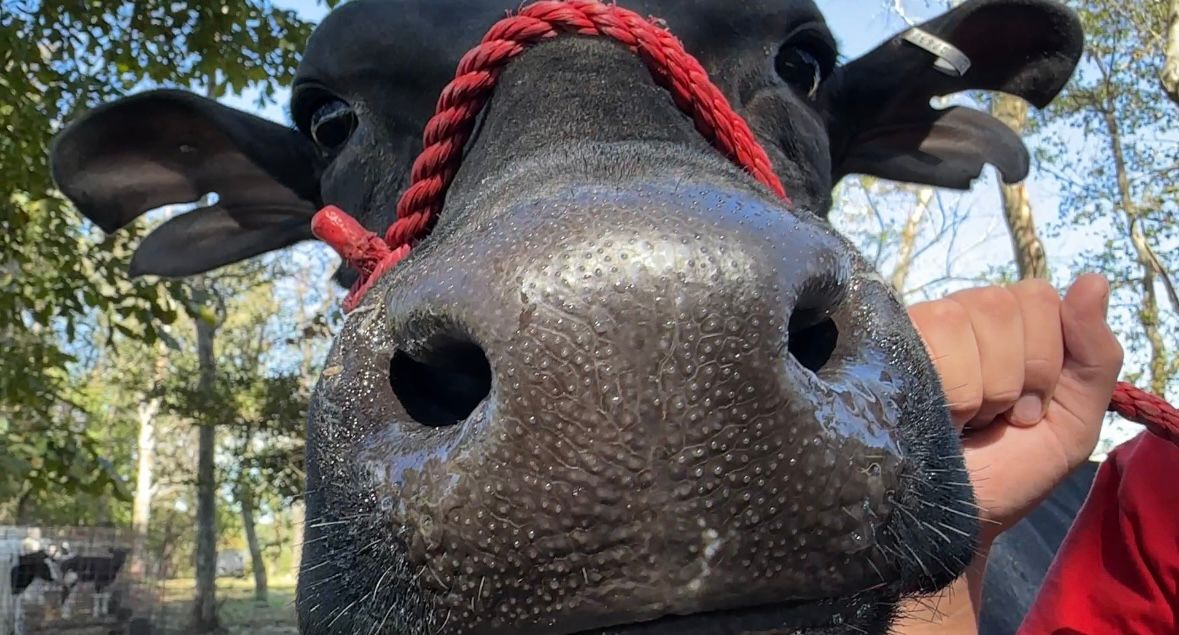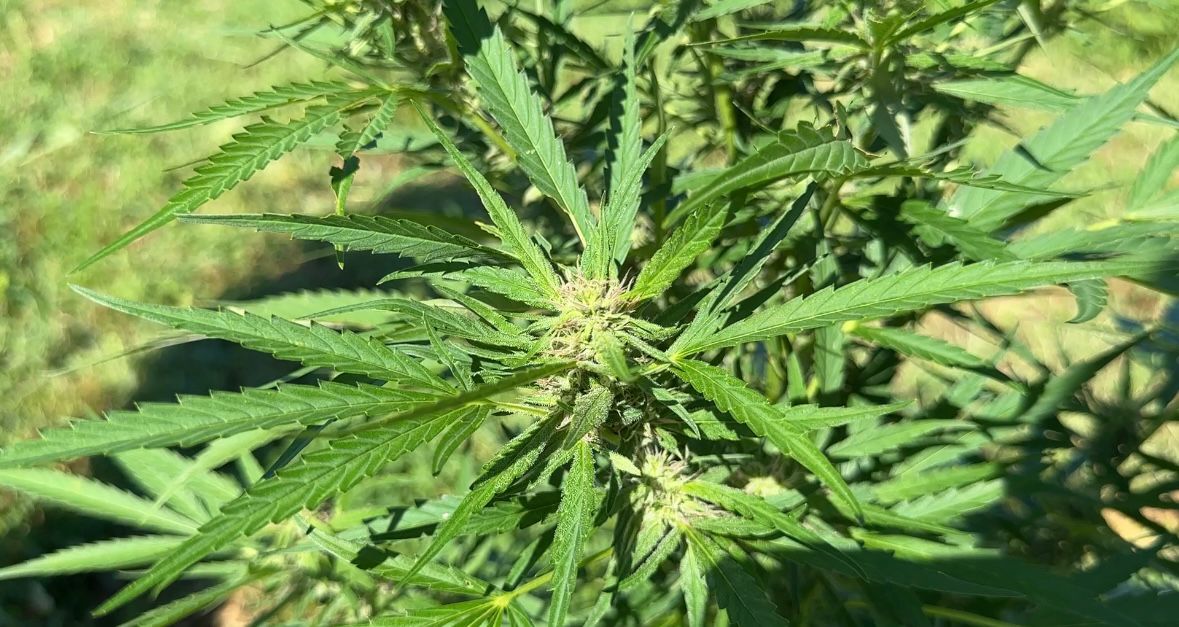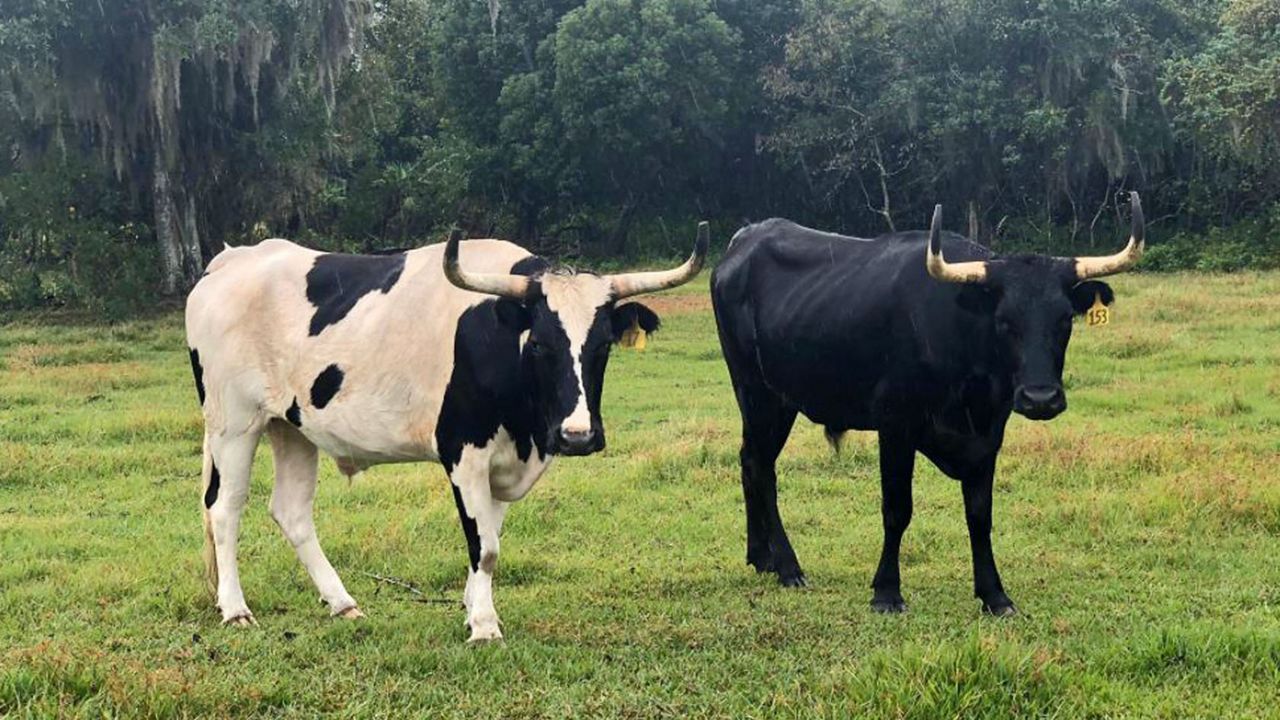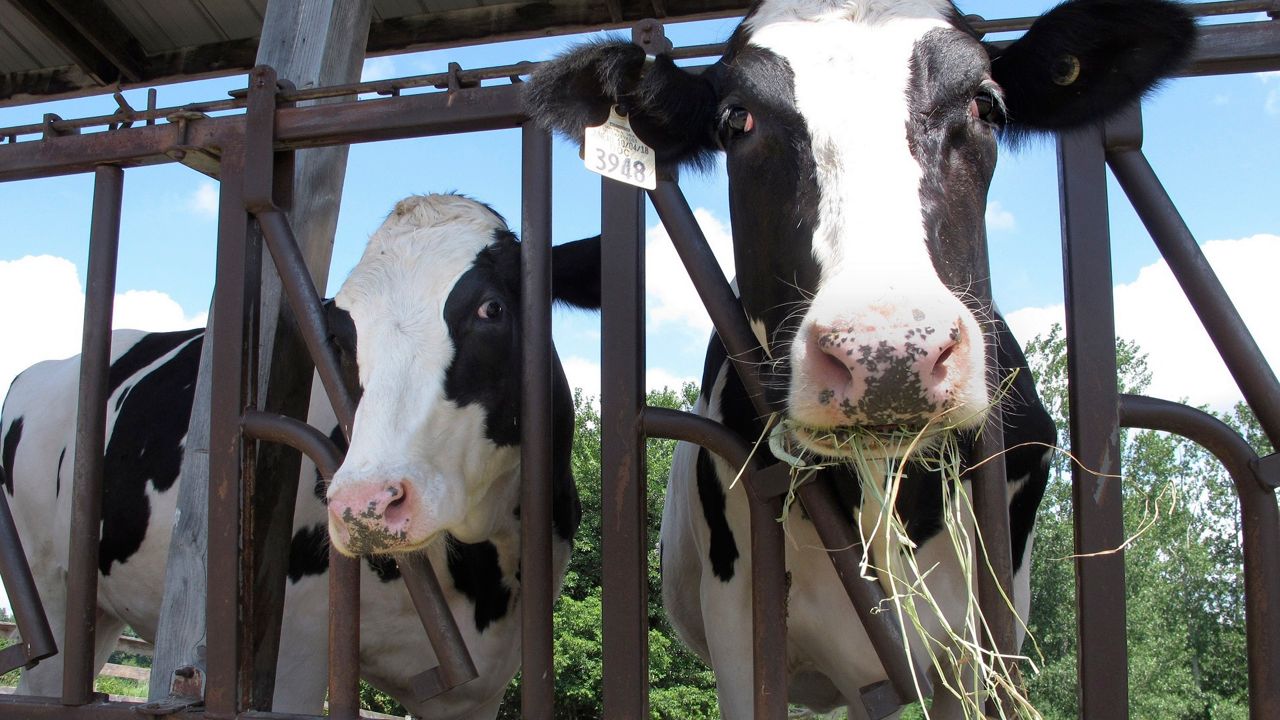CLAYTON, N.C. — Earlier this month, President Donald Trump signed an order to impose tariffs on imports from Mexico, Canada and China. Trump says tariffs are a common trade practice, but some Americans are worried they will lead to an increase in prices.
Currently, the plan to impose these tariffs is on pause until March 4, as Canada and Mexico have agreed to enhance border security measures.
What You Need To Know
- President Donald Trump signed an order to impose a tariff on imports from Mexico, Canada and China
- The tariffs are currently paused as the countries work to enhance immigration and drug security
- Potash, a potassium chemical fertilizer heavily imported from Canada, could impact local farmers
- U.S. farmers spent a total of $35.8 billion on fertilizers in 2023, according to the USDA
Michelle Pace Davis of Pace Family Farms in Clayton is a sixth-generation farmer.
“We’ve done a little bit of everything. But our main crops growing up was tobacco and then row crops,” Pace Davis said.
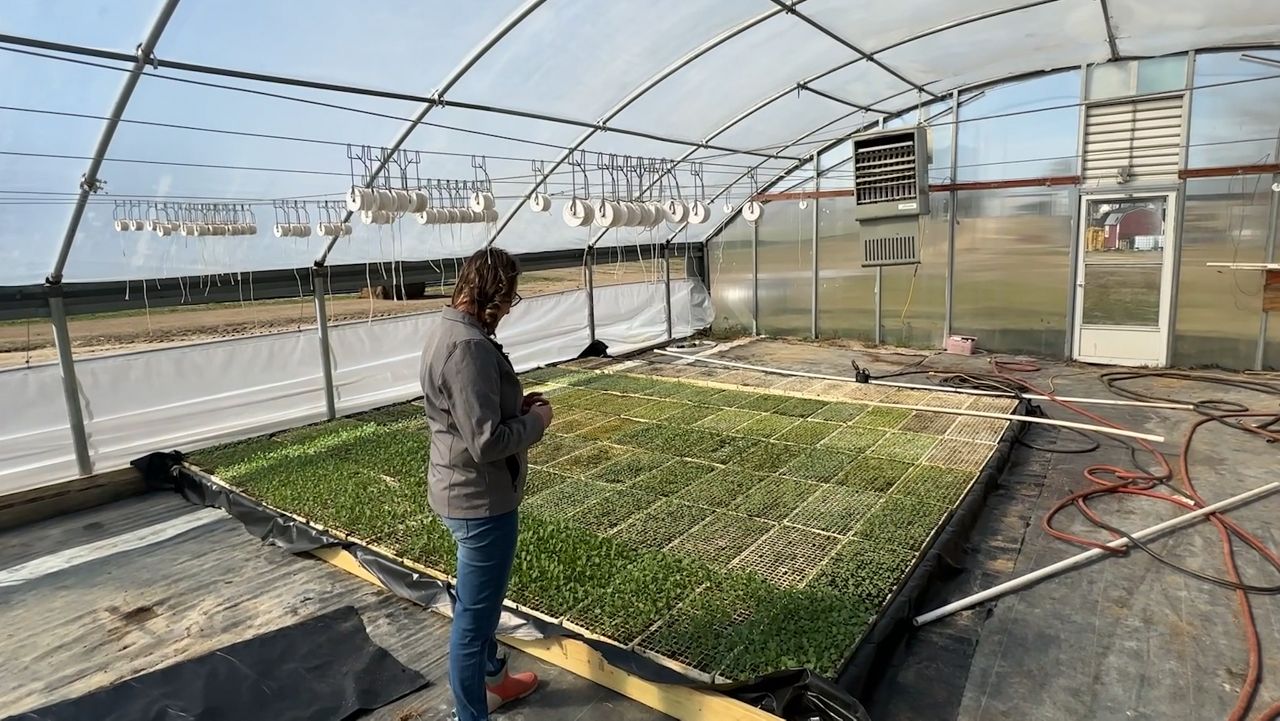
The farm now also hosts events and has a large array of crops. Pace Davis says the diversity helps get the best products for her customers.
As North Carolina defrosts and moves toward warmer days, many farmers are planning for their next round of crops.
One crucial tool many farmers use is fertilizer.
“We’re able to use granular [fertilizer]… but then we’re also able to use a liquid mix that we’re able to mix in directly with the water,” Pace Davis said.
Some fertilizer is made with a chemical called potash, a potassium chemical that is mainly imported from Canada.
“Potash is part of that key ingredient of potassium that is needed for that fertilizer to have those ingredients, to have that complete ration, to get the plants food,” Pace Davis said.
Canada exports the most potash in the world, shipping about 22.8 million tons in 2023, with 46% going to the United States.
“Whenever you’re looking at your bag of fertilizer, you’re able to see three different numbers. And those are the, part of the numbers that represent nitrogen, phosphorus and potassium,” Pace Davis said while showing one of the fertilizer bags. “18% of this 50-pound bag has potash in it, whereas 9% would be nitrogen, 9% for the phosphate. So, a lot of potash is in this bag.”
Pace Davis says she uses fertilizer on all of her crops, buying them, if possible, in bulk the season before to try and beat inflation. It's something not all farms can do.
“If we can go ahead and purchase it in November, December, we have it already locked in because we paid that price for it, versus if we wait till spring and May or June, then it may have increased,” Pace Davis said. “So we’re able to save some money, which in turn is able to save our customers some money.”
The United States sources about 80% of its potash from Canada, and with looming 25% tariffs that could begin next month, farmers could be eating the bill.
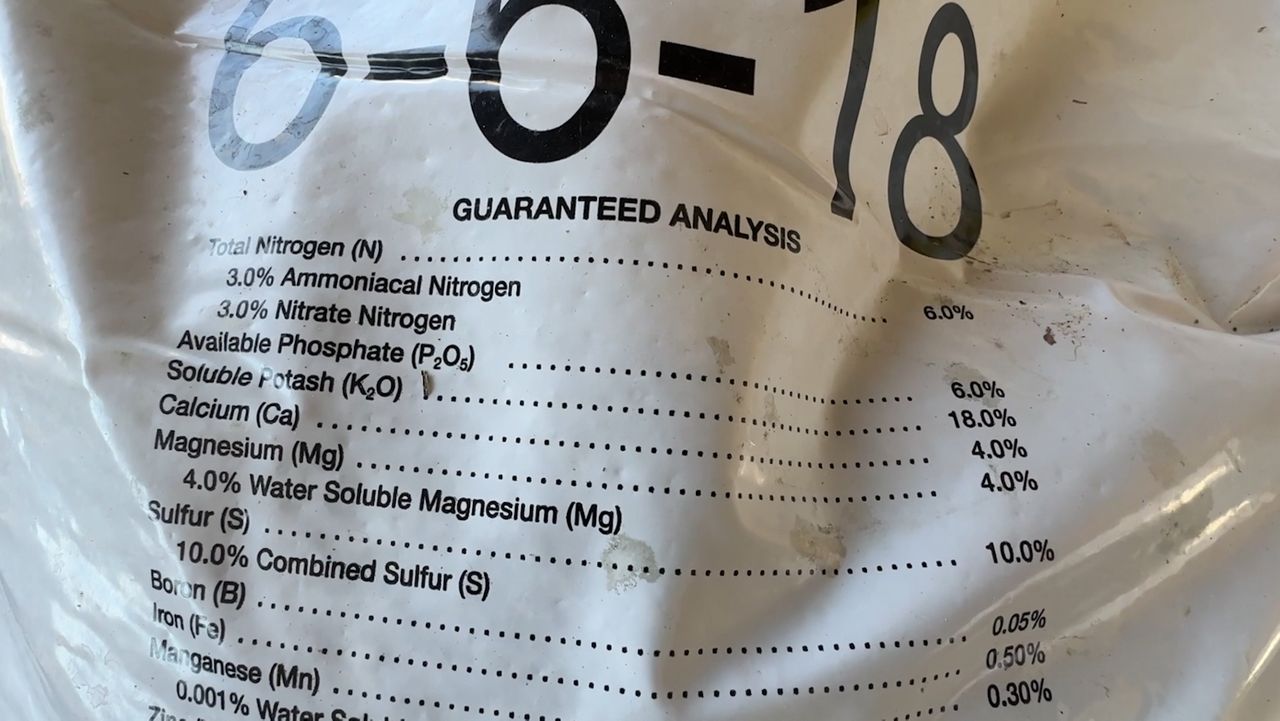
While Pace Davis has fertilizer supplied from North Carolina and various places around the world, with an imposed tariff on potash, other fertilizer ingredients may also see a fluctuation in prices.
“All of these decisions have a ripple effect, and it comes down to the farmer,” Pace Davis said.
This month, Pace Davis went to the field to plant onions, while other farmers across the state went to the bank requesting loans for later season crops like tobacco or sweet potatoes.
But many of those farmers don’t know how much to request.
“Do you need a budget of 25% more in case that’s how much more ends up costing to produce that crop? So that’s why this very uncertain times for farmers across the state, not just our farm, but across the state,” Pace Davis said.
The Illinois Production Cost Report currently lists potash at $450 per ton. If the 25% tariff passes, potash from Canada could increase by $100 per ton.
“There’s one or two decisions made in Washington that can affect all the farmers across the state,” Pace Davis said.
The USDA estimates U.S. farmers spent a total of $35.8 billion on fertilizers in 2023.
North Carolina exports $7.7 billion in goods to Canada annually, making it the state’s number one export market.







